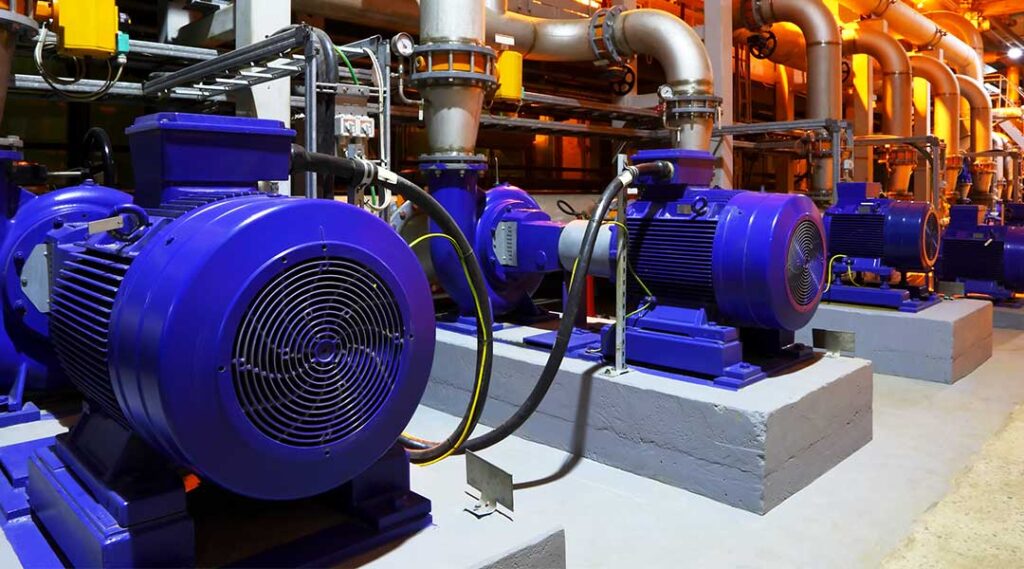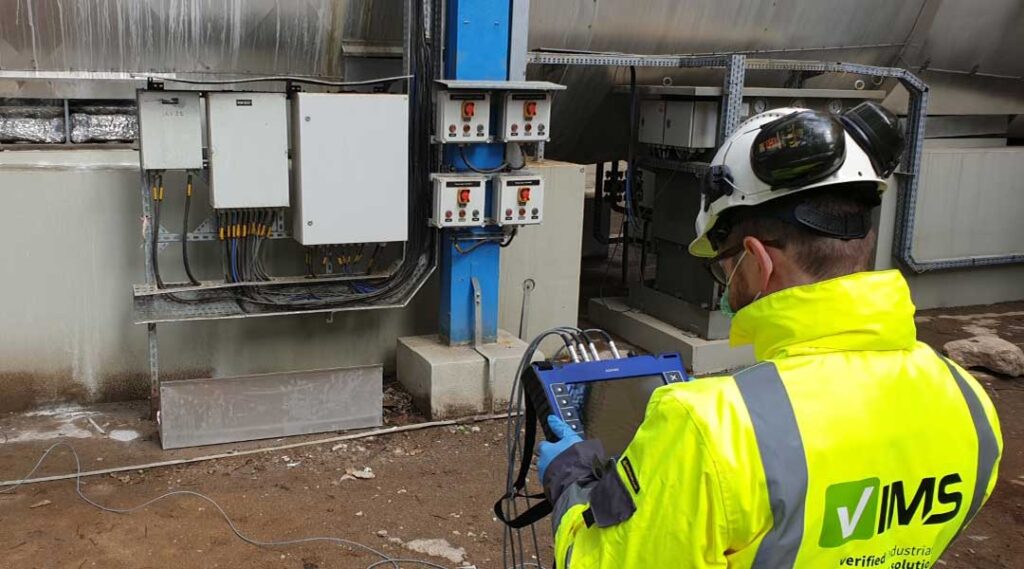Predictive Maintenance is a technique that uses tools and methods to monitor the condition of a machine, during operation.
The recorded data allows the engineer to predict the future failure of the monitored equipment, allowing it to be repaired or replaced, just before failure.
What is the difference between predictive maintenance and preventive maintenance?
Preventive Maintenance consists of scheduled replacements of machine parts, at intervals determined by technical documentation, manufacturer’s recommendations, DTR, etc. The frequency of maintenance is usually based on wear or time, which is determined by the average life cycle of the machines. Preventive maintenance does not require monitoring the condition of a component. Consequently, it reduces capital investment costs.
Predictive maintenance significantly reduces maintenance frequency while preventing unplanned failures. It minimizes machine downtime and costs associated with predictive maintenance. Predictive maintenance maximizes the life of the monitored machine, production line.
How does predictive maintenance work?
Predictive maintenance uses condition monitoring devices to assess the current condition. Implemented sensors record a wide range of diverse data, mainly vibration. Reflecting the condition of the pump, fan, motor, gearbox, bearings, clutch, foundation and other components and pipelines. An important element is the Internet of Things (IoT), which allows different systems to work together to analyze the recorded data to estimate when maintenance should be performed. In addition, over time, new machine learning technology can increase the accuracy of predictive algorithms, leading to even better results.
With the affordability of bandwidth and storage, very large amounts of data can be recorded and analyzed, providing not only a complete picture of assets at a single plant, but of the entire manufacturing network. With the advent of Industry 4.0, many industries are eager to leverage IoT to gain better insights into the current state of their machinery.
What are the advantages and disadvantages of predictive maintenance?
Predictive maintenance offers many benefits to the industry, including:
- Minimizing the time it takes to keep machines running;
- Reducing downtime and increasing machine availability;
- Minimizing the cost of spare parts, by maximizing the life of the machinery fleet.
Initial investment costs for predictive maintenance may seem high. They require specialized, experienced personnel to make data analysis effective. However, long-term analyses show that predictive maintenance averages about 70% of the cost of a preventive maintenance program.



